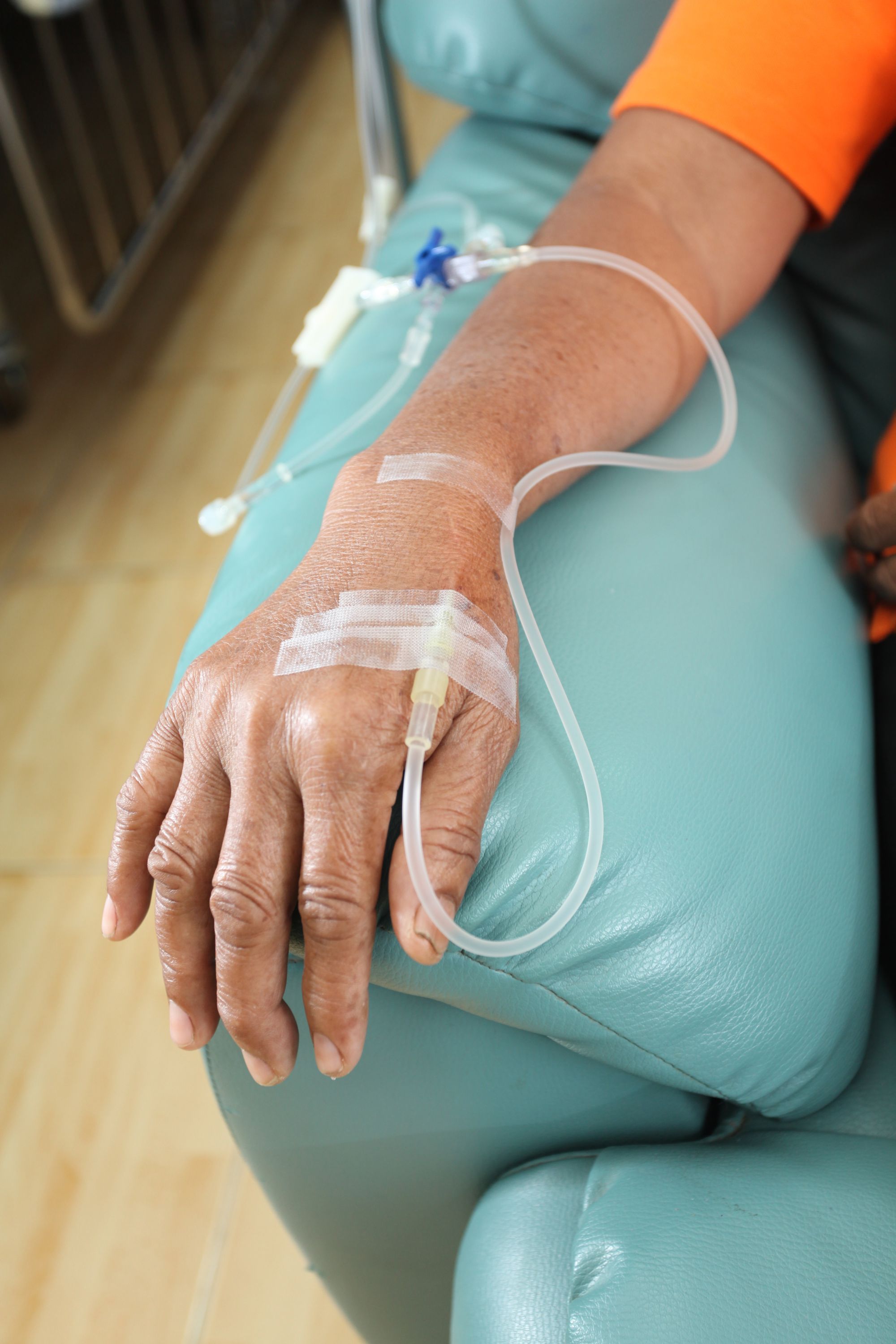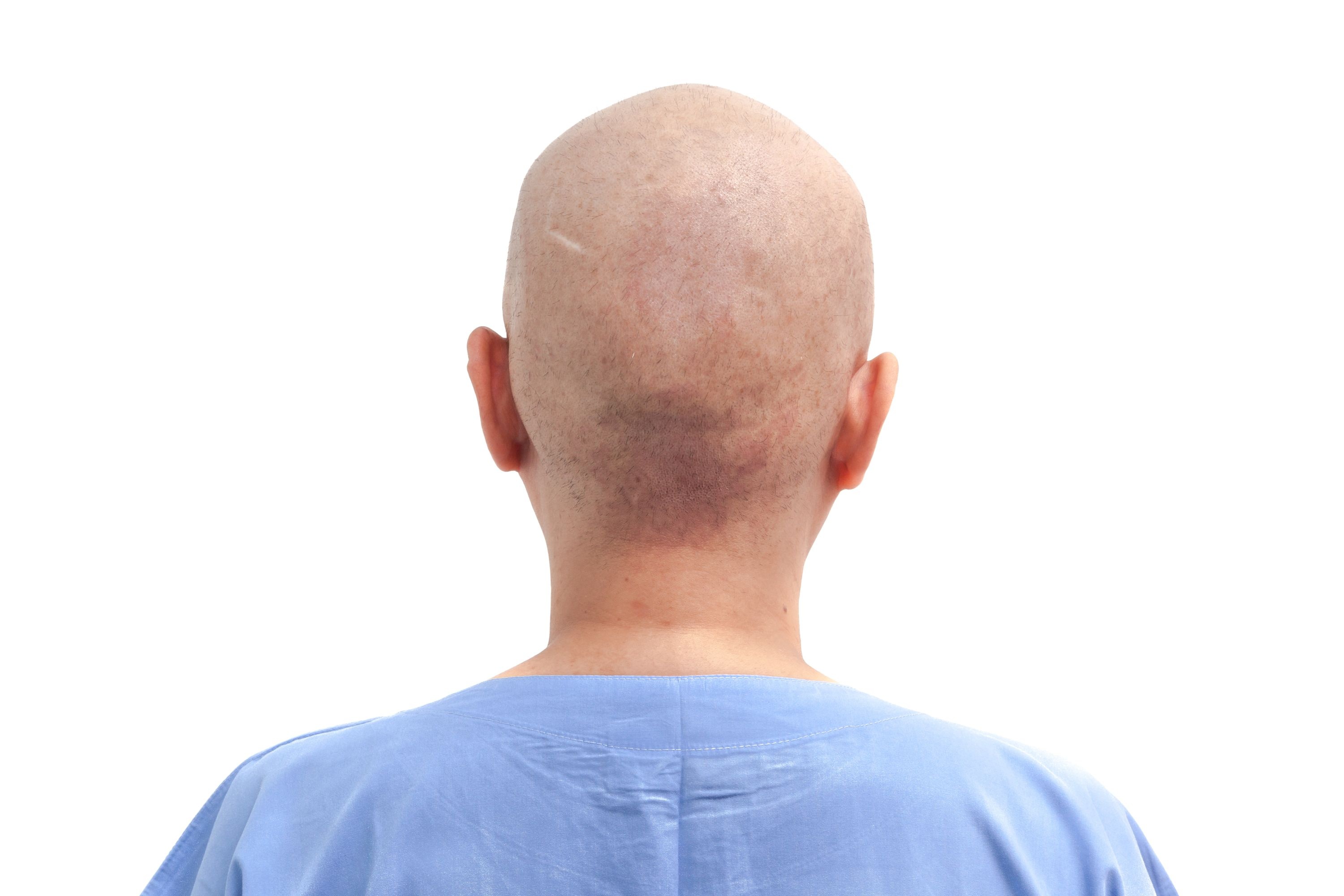- Home
- About Us
- Find a Provider
- Community
- News & Press
- Health Resources
- Community Health Needs Assessment
- Lane Health Blog
- Healthy Recipes
- Slow-Cooker Buffalo Chicken Dip
- Five Layer Dip
- Apple Bread Pudding
- Feta Herb Yogurt Dip
- Grilled Avocado Salad
- Grilled Chicken with Vegetables
- Spring Omelet
- Crunchy-Crusted Salmon Fillets
- Sirloin and Broccoli Stir-Fry
- Turkey Bacon and Spinach Quiche with Sweet Potato Crust
- Vegetarian Taco Salad
- Salmon Baked with Cucumbers and Dill
- Paprika Shrimp & Green Bean Sauté
- Heart Warming Turkey Chili
- Creamed Spinach Casserole
- Roasted Butternut Squash and Shallot Soup
- Shredded Turkey & Pinto Bean Burritos
- Meringue-Topped Sweet Potato Casserole
- Spiced Pumpkin Cookies
- Garden Pasta Salad
- Pumpkin Spice Smoothie
- Balsamic & Parmesan Roasted Cauliflower
- Quick Chicken Minestrone Soup
- Pork Chops with Roasted Apples and Onions
- Inside-Out Lasagna
- Scrambled Egg Burritos
- One-Pot Whole Wheat Pasta with Chicken & Spinach
- Lemon-Garlic Shrimp and Grits
- Slow Cooker Barbeque Chicken or Pork
- Garlic Chicken and Potatoes
- Love Lane Newsletter
- Ways to Give
- Services
- Allergy, Asthma and Immunology
- Audiology
- Baby Lane
- Cardiology
- Chronic Care Management
- Dermatology
- Endoscopy
- Ear, Nose & Throat
- Emergency Care
- Family Medicine
- Gastroenterology
- Home Health
- Hospital Medicine
- Hyperbarics
- Imaging
- Infusion
- Internal Medicine
- Labor & Delivery
- Laboratory
- Neurosurgery
- Nursing Care
- Nutrition Services
- Obstetrics & Gynecology
- Occupational Medicine
- Oncology
- Orthopedics
- Outpatient Diagnostic Center
- Outpatient Therapy
- Pain Management
- Pediatrics
- Pharmacy
- Podiatry
- Primary Care
- Rehabilitation Care
- Renal/Nephrology Care
- Surgical Care
- Urgent Care
- Volunteer Services
- Weight Loss Surgery
- Workforce Wellness
- Wound Care
- Patients & Visitors
- Accountable Care Organizations
- Admissions
- Appointments
- Community Resources
- Compliance
- Contact Us
- COVID-19 Updates
- Email a Patient
- Fight Fraud
- Financial Assistance
- Financial Services
- Free Wireless Internet
- Going Home
- Health Resources
- Hospital-Based Outpatient Clinic
- Insurance
- Interpretation / Translation
- Leadership Team
- Maps & Directions
- Medical Records
- MyChart
- My Patient Portal
- Patient Handbook
- Patient & Family Advisory Council
- Patient Rights & Responsibilities
- Patient Stories
- Patient Testimonials
- Pay Online
- Photography Policy
- Privacy Policies
- Social Services
- Suggestion Box
- Understanding HCAHPS
- Visiting Hours
- Visitor Information
- Workplace Violence
- Careers
- Price Transparency
- Home
- About Us
- Find a Provider
- Community
- News & Press
- Health Resources
- Community Health Needs Assessment
- Lane Health Blog
- Healthy Recipes
- Slow-Cooker Buffalo Chicken Dip
- Five Layer Dip
- Apple Bread Pudding
- Feta Herb Yogurt Dip
- Grilled Avocado Salad
- Grilled Chicken with Vegetables
- Spring Omelet
- Crunchy-Crusted Salmon Fillets
- Sirloin and Broccoli Stir-Fry
- Turkey Bacon and Spinach Quiche with Sweet Potato Crust
- Vegetarian Taco Salad
- Salmon Baked with Cucumbers and Dill
- Paprika Shrimp & Green Bean Sauté
- Heart Warming Turkey Chili
- Creamed Spinach Casserole
- Roasted Butternut Squash and Shallot Soup
- Shredded Turkey & Pinto Bean Burritos
- Meringue-Topped Sweet Potato Casserole
- Spiced Pumpkin Cookies
- Garden Pasta Salad
- Pumpkin Spice Smoothie
- Balsamic & Parmesan Roasted Cauliflower
- Quick Chicken Minestrone Soup
- Pork Chops with Roasted Apples and Onions
- Inside-Out Lasagna
- Scrambled Egg Burritos
- One-Pot Whole Wheat Pasta with Chicken & Spinach
- Lemon-Garlic Shrimp and Grits
- Slow Cooker Barbeque Chicken or Pork
- Garlic Chicken and Potatoes
- Love Lane Newsletter
- Ways to Give
- Services
- Allergy, Asthma and Immunology
- Audiology
- Baby Lane
- Cardiology
- Chronic Care Management
- Dermatology
- Endoscopy
- Ear, Nose & Throat
- Emergency Care
- Family Medicine
- Gastroenterology
- Home Health
- Hospital Medicine
- Hyperbarics
- Imaging
- Infusion
- Internal Medicine
- Labor & Delivery
- Laboratory
- Neurosurgery
- Nursing Care
- Nutrition Services
- Obstetrics & Gynecology
- Occupational Medicine
- Oncology
- Orthopedics
- Outpatient Diagnostic Center
- Outpatient Therapy
- Pain Management
- Pediatrics
- Pharmacy
- Podiatry
- Primary Care
- Rehabilitation Care
- Renal/Nephrology Care
- Surgical Care
- Urgent Care
- Volunteer Services
- Weight Loss Surgery
- Workforce Wellness
- Wound Care
- Patients & Visitors
- Accountable Care Organizations
- Admissions
- Appointments
- Community Resources
- Compliance
- Contact Us
- COVID-19 Updates
- Email a Patient
- Fight Fraud
- Financial Assistance
- Financial Services
- Free Wireless Internet
- Going Home
- Health Resources
- Hospital-Based Outpatient Clinic
- Insurance
- Interpretation / Translation
- Leadership Team
- Maps & Directions
- Medical Records
- MyChart
- My Patient Portal
- Patient Handbook
- Patient & Family Advisory Council
- Patient Rights & Responsibilities
- Patient Stories
- Patient Testimonials
- Pay Online
- Photography Policy
- Privacy Policies
- Social Services
- Suggestion Box
- Understanding HCAHPS
- Visiting Hours
- Visitor Information
- Workplace Violence
- Careers
- Price Transparency



 The drugs are pushed slowly into the vein or given via IV solution. Once the needle is in place, you should not feel anything.
The drugs are pushed slowly into the vein or given via IV solution. Once the needle is in place, you should not feel anything.

